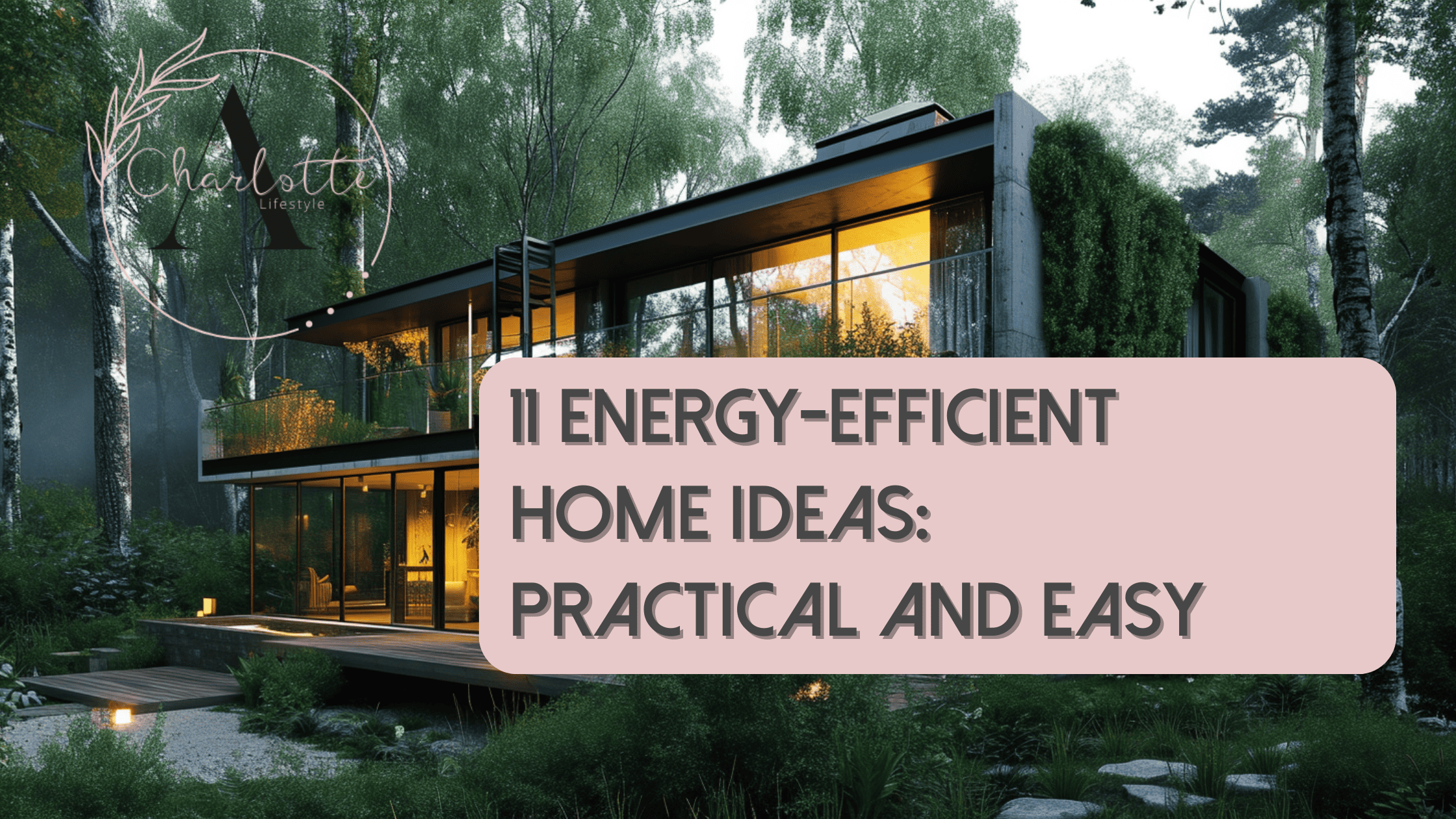11 Energy-Efficient Home Ideas: Practical and Easy
In today’s world, everyone seeks techniques and methods to increase their energy efficiency, especially regarding Energy Efficient Home Idea.
Studies have shown that people are keen to adopt measures that allow them to save energy because it is environmentally friendly and helps them save money in the long run.
Energy-efficient homes utilise less energy, reducing greenhouse gas emissions, less need for nonrenewable resources, and reduced energy waste. They also offer significant cost savings over conventional homes.
This article highlights practical ways to make an energy-efficient home that you need.
Best 11 Ideas for an Energy-Efficient Home
- Maintain your furnace and HVAC systems
- Consider LED bulbs
- Examine the windows and doors
- Avoid excessive use of appliances
- Consider solar panels
- Plan an energy efficiency audit
- Invest in automation
- Build with better materials
- Make use of heat pumps
- Plant some trees for shaded landscaping
- Utilise Smart Water Heaters
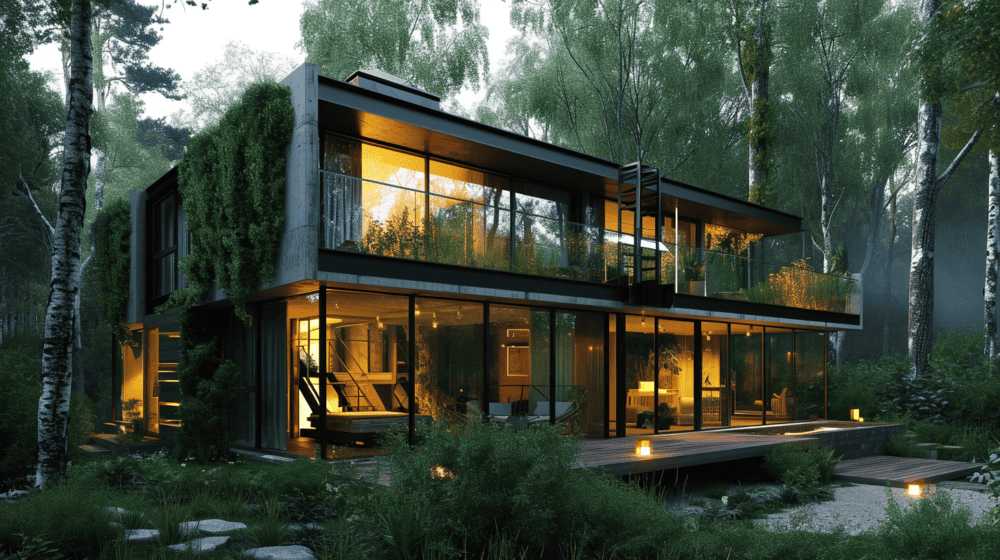
Energy-Efficient Home Explained
Maintain your Furnace and HVAC Systems
Furnaces with optimal performance consume the least energy, but older units can also be improved to make them more efficient.
The first step is to have a professional service your furnace once a year. That will entail cleaning the bits you can’t see or access and ensuring it works smoothly. Replacing furnace filters every three months, or frequently if you have pets or have completed renovations, helps to ensure proper airflow and extend the life of your furnace.
But don’t end there; replace the filters in your HVAC system, too. With clean filters, your HVAC unit will run more efficiently. The filters in the average household should be changed every three months or so.
If you have pets or have allergies, you should replace the filter more frequently, approximately every 45 days.

Consider LED Bulbs
LED lights are the way to go if you have not heard. For a small price, you can get numerous LED light bulbs to replace your standard lights, allowing you to create a more energy-efficient household.
LED lights function by producing light in just one direction. Because diffusers and reflectors are no longer required, the bulbs are more efficient than traditional options. LED lighting consumes 75% less energy than incandescent bulbs.
These lighting solutions save energy and come in various forms, wattages, temperatures, and colours. You can express your preferences while saving money and the environment – a win-win situation.
Examine the Windows and Doors
When you heat and cool your house without an air-tight seal, you waste energy and skyrocket your bills. Hold a lighted incense or candle around windows and doors to check for drafts.
A draft may exist if you notice the candle flame flicker. Caulk around window frames, replace weatherstripping and install a door sweep. Applying outside window film during the winter months can boost efficiency.
If your windows are destroyed and need replacement, consider options like Yorkshire windows and doors for quality window and door replacements. Getting high-quality window and door replacements will save you thousands of dollars on energy bills.
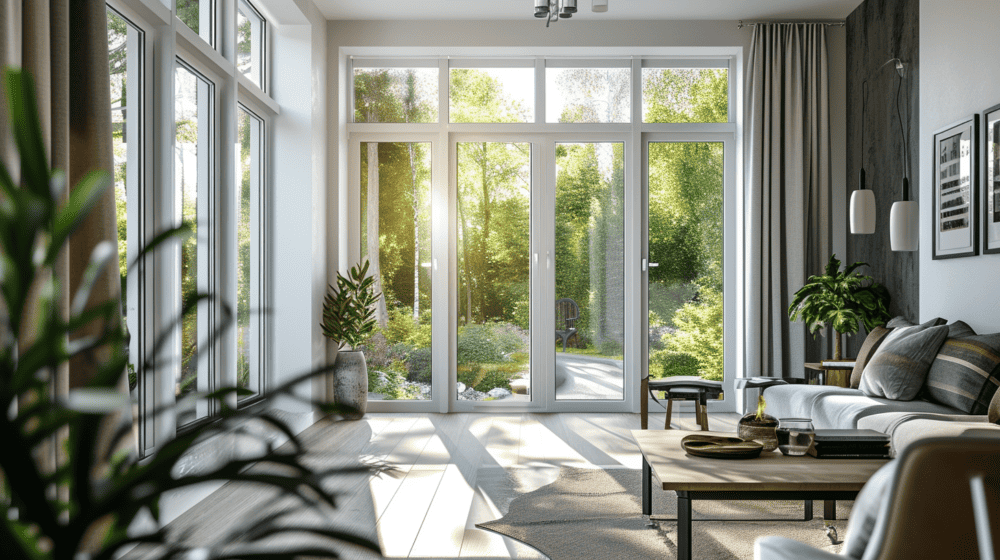
Avoid Excessive use of Appliances.
Even if you have energy-efficient appliances, you want to use them sparingly. Unless necessary, avoid using your heater excessively throughout the winter months.
Also, rather than frequently adjusting your thermostats, keep them at a reasonable temperature. When you change things up too frequently, you consume significantly more energy than you should.
It is a good practice to turn off specific devices when not in use because they still consume energy even if the appliances are not powered, as long as they remain plugged in.
Consider Solar Panels
One option to explore is investing in solar panels. Although it may require some upfront cost, installing solar panels on your rooftop can help you produce your electricity, reducing your reliance on traditional power sources and potentially cutting down on your electricity costs in the long run. If you want to cut energy costs long-term using your roof decking, this option is worth considering.
Plan an Energy Efficiency Audit
Contact energy auditors to find out where your home stands regarding energy efficiency. These auditors are equipped with specific equipment and expertise that can assist them in evaluating your home’s energy efficiency and identifying areas you can improve.
Most experts can also propose alternative energy-efficient solutions. That will assist you in locating which areas of your home require immediate upgrades.
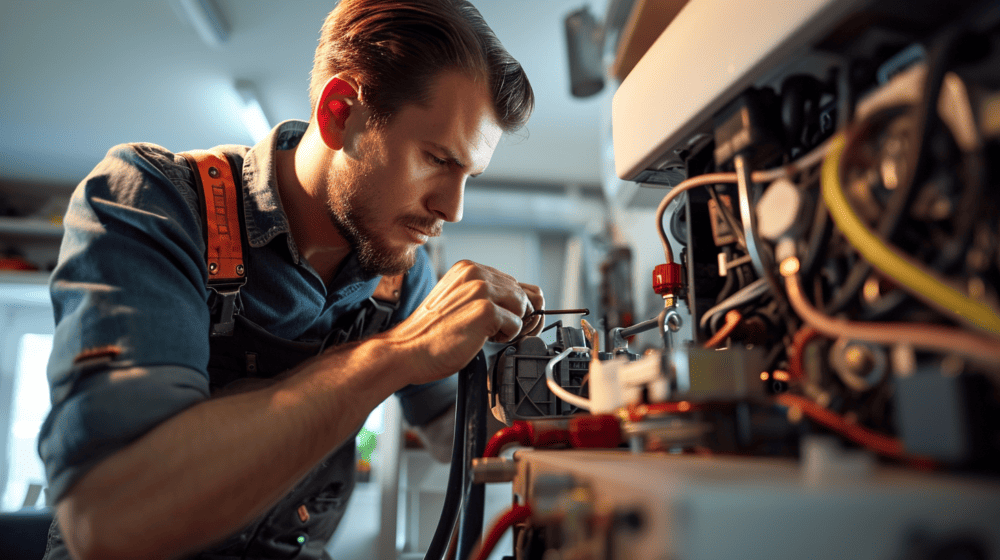
Invest in Automation
A thermostat can save you up to 15% on heating and cooling expenditures. It works by learning your behaviours and automatically altering the temperature.
For instance, if you usually lower the temperature before bed, a smart thermostat will begin doing so automatically before bedtime. You can also use an app to regulate a smart thermostat whether you are at home or not.
As a result, even if your schedule changes suddenly, you can still manage your heating and cooling bills from wherever you are. Lighting automation can also help save you money.
Build with Better Materials
When building a new home, you can choose the materials you wish to utilise.
Unfortunately, builders, architects, and developers do not always use or propose the most energy-efficient materials, yet doing so can result in significant energy savings.
Concrete, recycled steel, straw, and other materials can all be viable alternatives and choices, so do your study and research before deciding what to build with. OSB vs. Plywood for roofing is also an interesting topic to consider.
Make Use of Heat Pumps
Consider switching to a sustainable heating system like an air or ground-source heat pump to reduce energy expenses and make your home more eco-friendly.
They work by drawing heat from the outside and transferring it indoors. While they consume electricity, the heat they provide to your home is significantly higher than the system’s energy.
Heat pumps are an eco-friendly option since they don’t rely on fuel but instead use heat already in the environment. That means that they produce no carbon dioxide emissions.
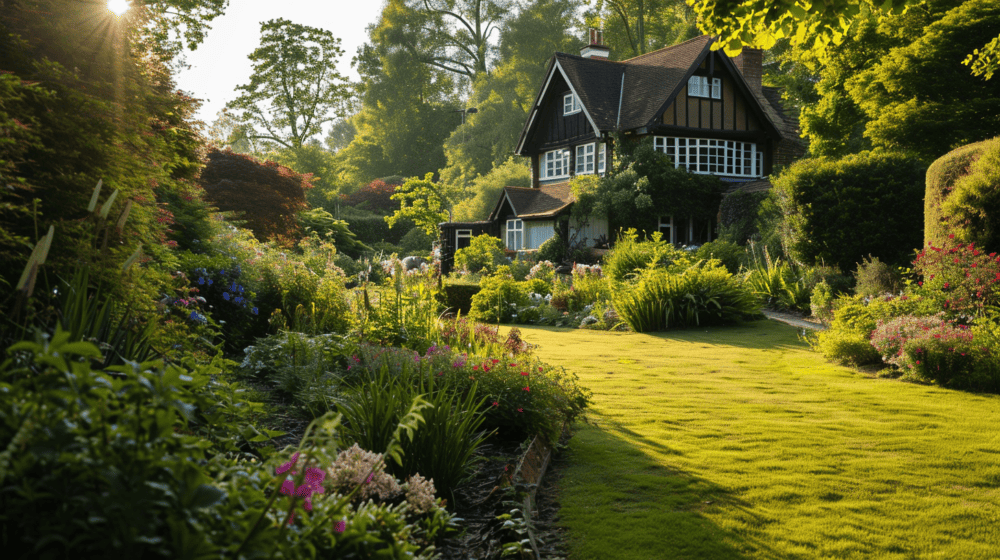
Plant Trees for Shaded Landscaping
Fabulous landscaping around your home can help you shield it from the heat during the summer and cold winds during the winter.
During hotter days, your outdoors like decks, patios, and balconies are great outdoor living spaces with area the tree and its leaves protecting your house from the sun’s rays, keeping it cool enough to live comfortably inside. If you have high-efficiency appliances and adequate insulation, the effect will be significantly lower because your home already blocks all the heat.
Utilise Smart Water Heaters
Incorporating an intelligent water heater into your home is an often overlooked yet highly effective method for boosting energy efficiency. Smart water heaters provide several advantages:
- Programmable Settings: They allow you to control and schedule water heating, ensuring energy is not wasted heating water when not needed.
- Remote Control & Monitoring: With Wi-Fi connectivity, you can monitor and adjust settings remotely, making it easier to manage energy use effectively.
- Efficiency Optimization: These heaters often include self-modulating technology, which adjusts energy usage based on demand, preventing unnecessary energy expenditure.
- Energy Usage Insights: They provide valuable data on your water heating patterns and energy usage, enabling you to make informed decisions about your energy consumption.
- Eco-Friendly: Smart water heaters contribute to a lower carbon footprint by reducing the energy needed to heat water.
Investing in a smart water heater not only leads to significant energy savings but also adds a layer of convenience and control to your daily routine. Integrating technology into home utilities is a forward-thinking step towards a more sustainable, energy-efficient lifestyle.
Before You Go
Making your energy-efficient home practical is a journey of small but impactful steps. From regular maintenance of HVAC systems to adopting renewable energy sources like solar panels, each strategy contributes to a greener, more sustainable home.
Embrace these eleven methods to save on your energy bills and help preserve our planet for future generations. If you’re like me, one thing at a time can go a long way in the future. Moving from the busy streets of East London to our little nook in Essex, it’s a lot to think about.

This is a collaborative article.

